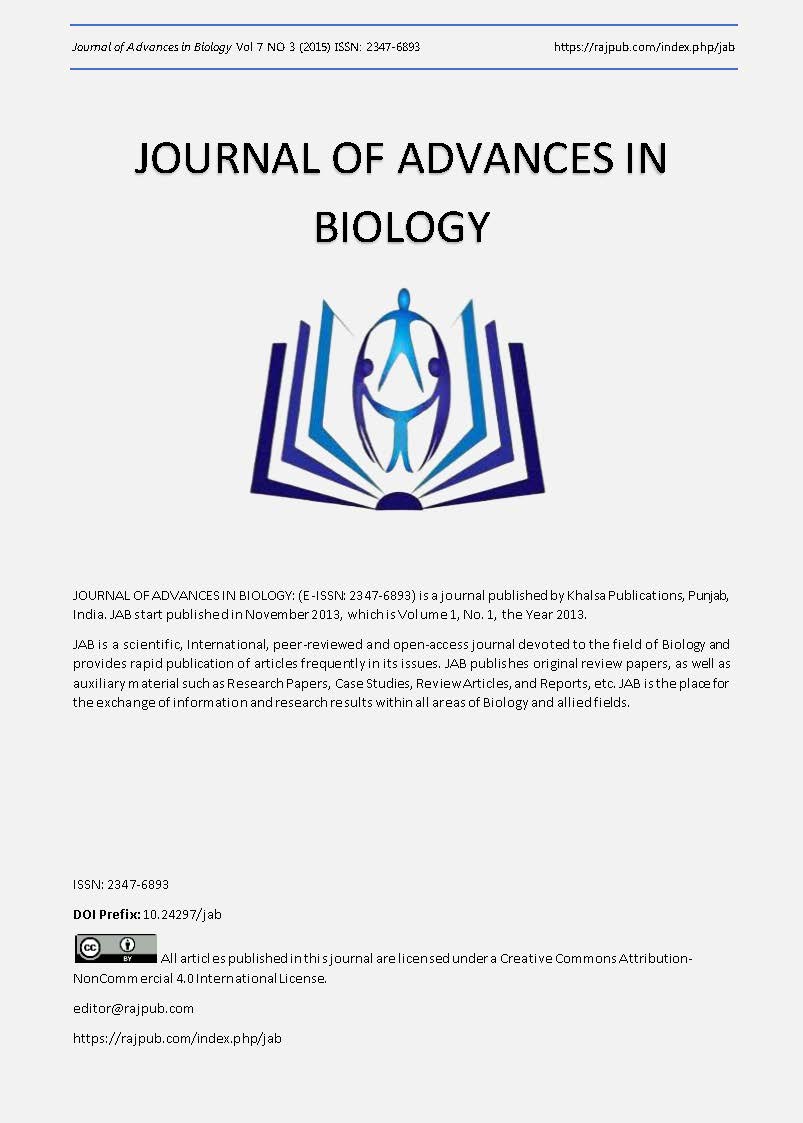The significance of grazing on the population distribution of soiloribatid mites
DOI:
https://doi.org/10.24297/jab.v7i3.4583Keywords:
grazing management, oribatid mites, parasitic vectors, vertical distribution.Abstract
This study is a quantitative and qualitative analysis of theoribatid population structure in two desert biotopes in relation to grazing and cesticercoid infection. Variations in the abundance and relative contribution of different oribatid species within each of the two chosen biotopes were found to be markedly significant. This indicated that local environmental variations had a substantial role in determining the oribatid population character. Not all the species of oribatid mites reported as intermediate hosts are equally suitable for the development and transmission of the tapeworms. Of seven mite hostsanoplocephalidcestods in Egypt, Scheloribateslaevigatus was the chief intermediate host as these were found to have the highest incidence of cesticercoids in nature. The incidence of infection is clearly high in March. No infection cases could be detected among relatively small-sized species as well as the primitive ones. Both grazing and cesticercoid infection are considered among the main biotic factors controlling oribatid population in grazed desert biotopes. On the other hand, the obtained figures of the species diversity and equitability in the grazed biotope showed a marked decrease during the late period of grazing, however in case of ungrazed biotope an increase of both indices could be observed during that time. The vertical distribution patterns of oribatid mites were found to be closely associated with the functional relaÂtionships between different trophic levels in the ecosystem.Ingrazing management system the population of oribatid mites was spontaneouslytended to be more decline rather than stable age distribution, however in ungrazing plots the reverse is true. In conclusion, the effective monitoring of grazing processes is an important component of sustainable management systems and much research has been undertaken to develop both suitable indicators of land health and tools to monitor changes in land condition.
Downloads
Downloads
Published
How to Cite
Issue
Section
License
 All articles published in Journal of Advances in Linguistics are licensed under a Creative Commons Attribution 4.0 International License.
All articles published in Journal of Advances in Linguistics are licensed under a Creative Commons Attribution 4.0 International License.




